PERSONA CREATION
User personas emphasizing the critical intersections between user expectations, Conga solutions, and business requirements.
COMPANY
Conga | prev. Apttus
ROLE
UX Design Intern
TIMELINE
Jun 2016 - Aug 2016
TOOL
Sketch
KEY
User Research • User Interview • Whiteboarding • Customer Journey Mapping • Enterprise Applications on Cloud • B2B • SaaS
ABOUT CONGA
Conga's Quote-to-Cash solutions automate, optimize, and apply AI to an enterprise's most important business processes – revenue generation and management of commercial relationships. These processes cover product and deal configure-price-quote (CPQ), contract lifecycle management (CLM), B2B e-commerce, billing, order management, and revenue recognition. By digitally transforming these disjointed middle office processes, Conga's solutions eliminate manual tasks, keep all stakeholders informed, collapse sales and contract cycle times, reduce risk, and most importantly, maximize revenue yield, paving the way for potential business growth and success.
The world's largest enterprises can modernize their revenue and legal operations by bringing together all business objects, processes, and intelligence onto one platform.
WHY CREATE PERSONAS?
Personas provide meaningful archetypes that can be used to assess the early stages of product design and development. Once defined, personas offer an inexpensive way to test and prioritize features by performing a task analysis exercise with scenarios.
Personas give the team a shared understanding of users regarding goals and capabilities. They are vital as they assist in driving design decisions by taking everyday user needs and bringing them to the forefront of planning before the design process has begun.
GOAL
Creating personas would help understand users' needs, experiences, behaviors, and goals. It would further identify and synthesize the different types of users the team sought to design for. Personas make the design task at hand less complex by guiding the ideation process and helping achieve the goal of creating a good user experience for the target user group.
DISCOVERY & RESEARCH METHODS
1:1 Open-ended Interviews
Whiteboarding
Customer Journey Mapping
Personas
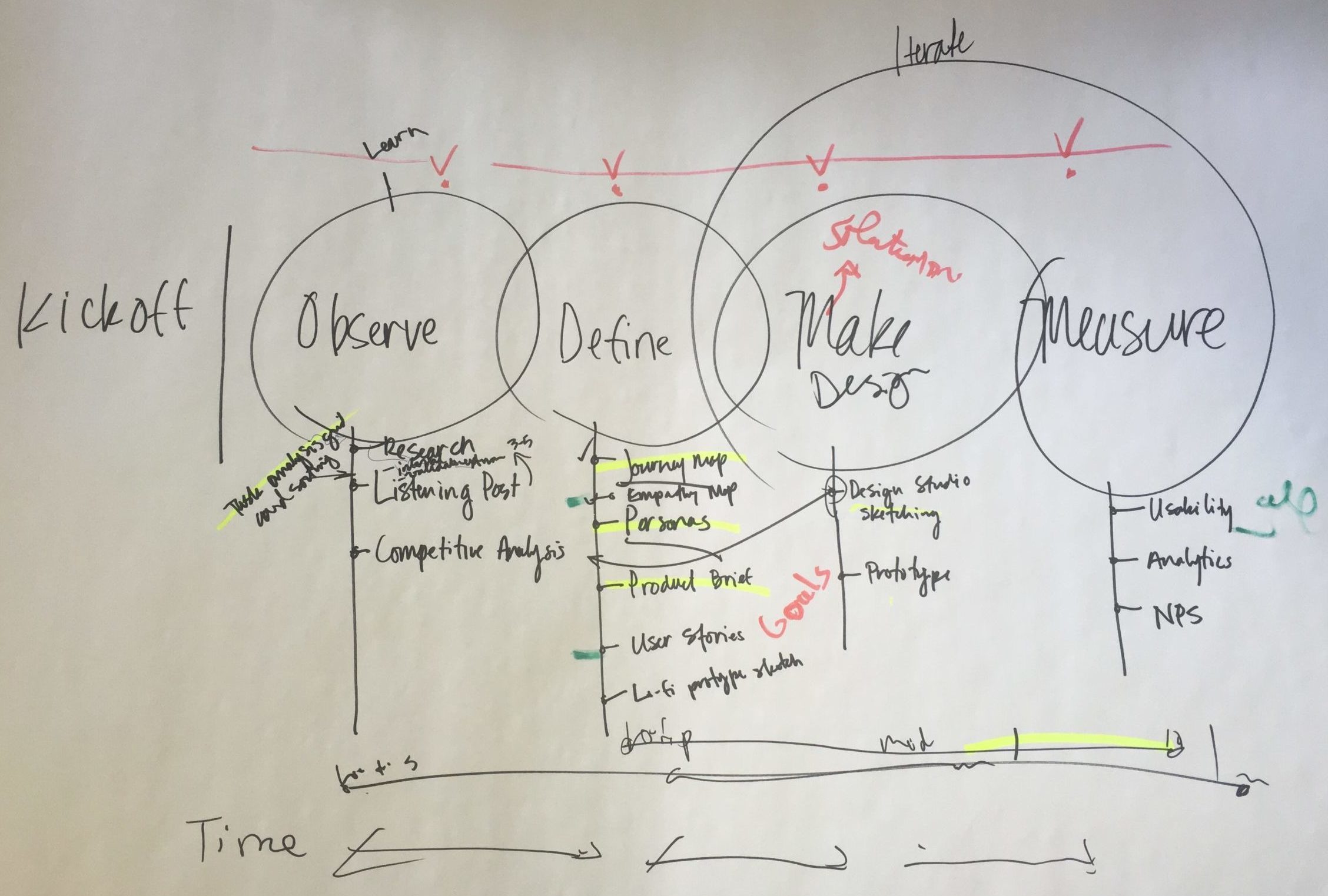
Apttus Design Process
CREATING PERSONAS
I. Building a Hypothesis
A general idea of the user groups within the target audience was formed based on the user research.
II. Verifying the Patterns
Key differences between the distinct user groups were verified by presenting the established hypothesis to the stakeholders and comparing it to existing knowledge.
III. Establishing the Primary Personas
The number of personas to be created was decided upon. Most often, it may seem likely to want to create multiple personas per product or service, so specific personas must be selected as the primary focus.
IV. Constructing the Personas
The purpose of working with personas was to develop solutions, products, and services based on the needs and goals of users. Personas were described in such a way as to express enough empathy toward understanding the users. Both the needs of users and businesses were crucial to creating balanced and successful personas.
V. Defining the Scenarios
Several specific situations could trigger the use of the product or service being designed. Personas were given life by creating scenarios featuring them as users. Scenarios usually start by placing the persona in a specific context with a problem they wanted to or were required to solve.
VI. Validating
Customer journey mapping sessions were conducted with key stakeholders from multidisciplinary teams to validate the identified personas. As a result, a visual representation of every experience customers had with Apttus Solutions was captured. It helped tell the story of customers' experience with the brand, from original engagement to their relationship with the product and organization.
4
Apttus Solutions
12
1:1 Open-ended Interviews
8
Personas
CUSTOMER JOURNEY MAPPING
Customer journey mapping helped visualize how customers experienced the product or service relative to their goals, needs, and expectations and how they felt along the way. Comprehending the customer journey from a specific persona's perspective was crucial to designing a better experience.
The process helped identify whether the customer journey had a logical sequence and provided insights into common customer pain points.
- A customer's current or future journey was illustrated across multiple touchpoints rather than focusing on a single touchpoint to ensure no interaction slipped through the cracks.
- Gaps between the desired customer experience and the one received were revealed, thus highlighting development priorities and allowing for adjustments in the concentration of efforts and expenditure on what mattered most to maximize effectiveness.
- Optimizing and improving customer experiences along the journey ensured solid long-term relationships with the customers by matching up to the brand promise.
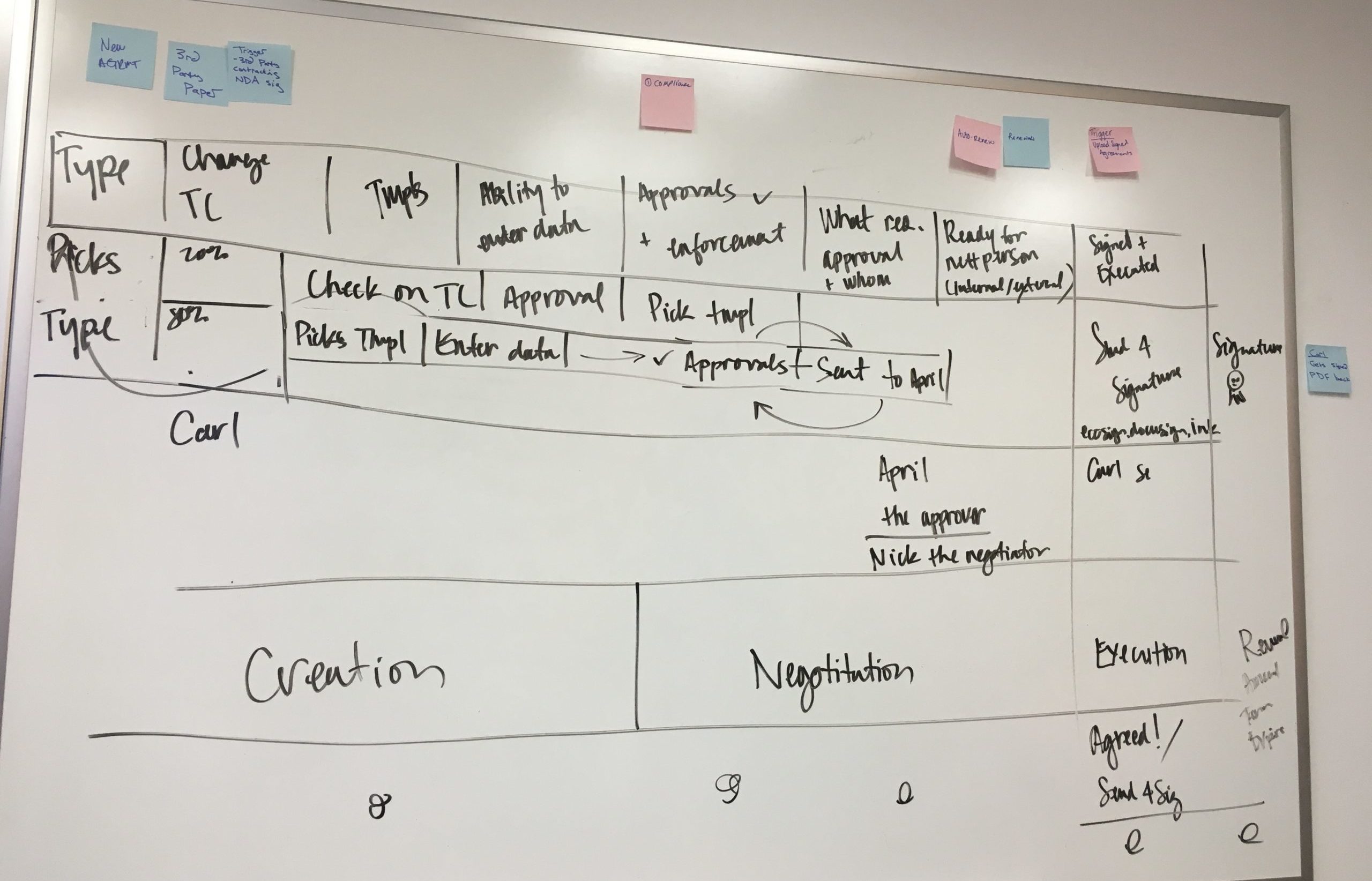
Customer Journey Mapping
THE PERSONAS
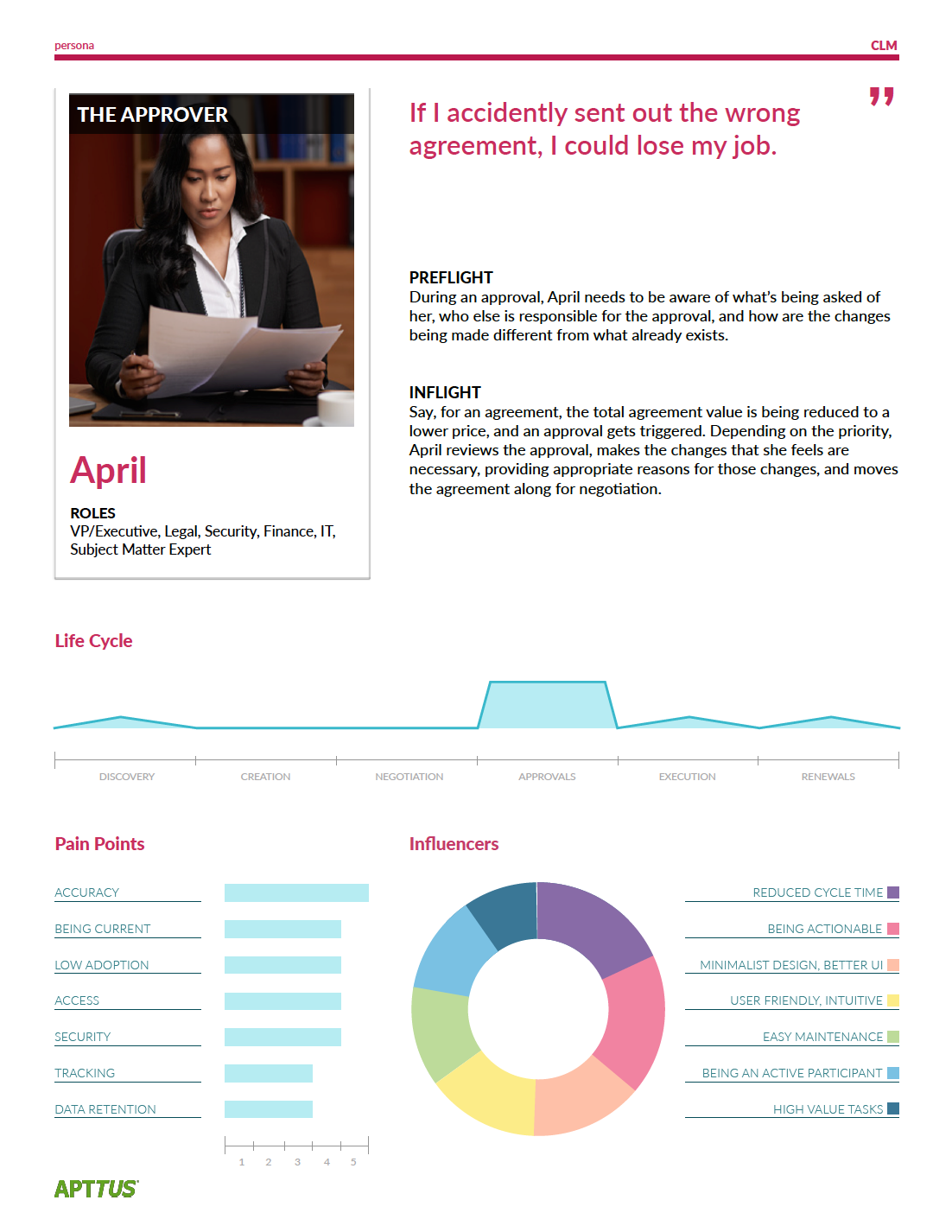
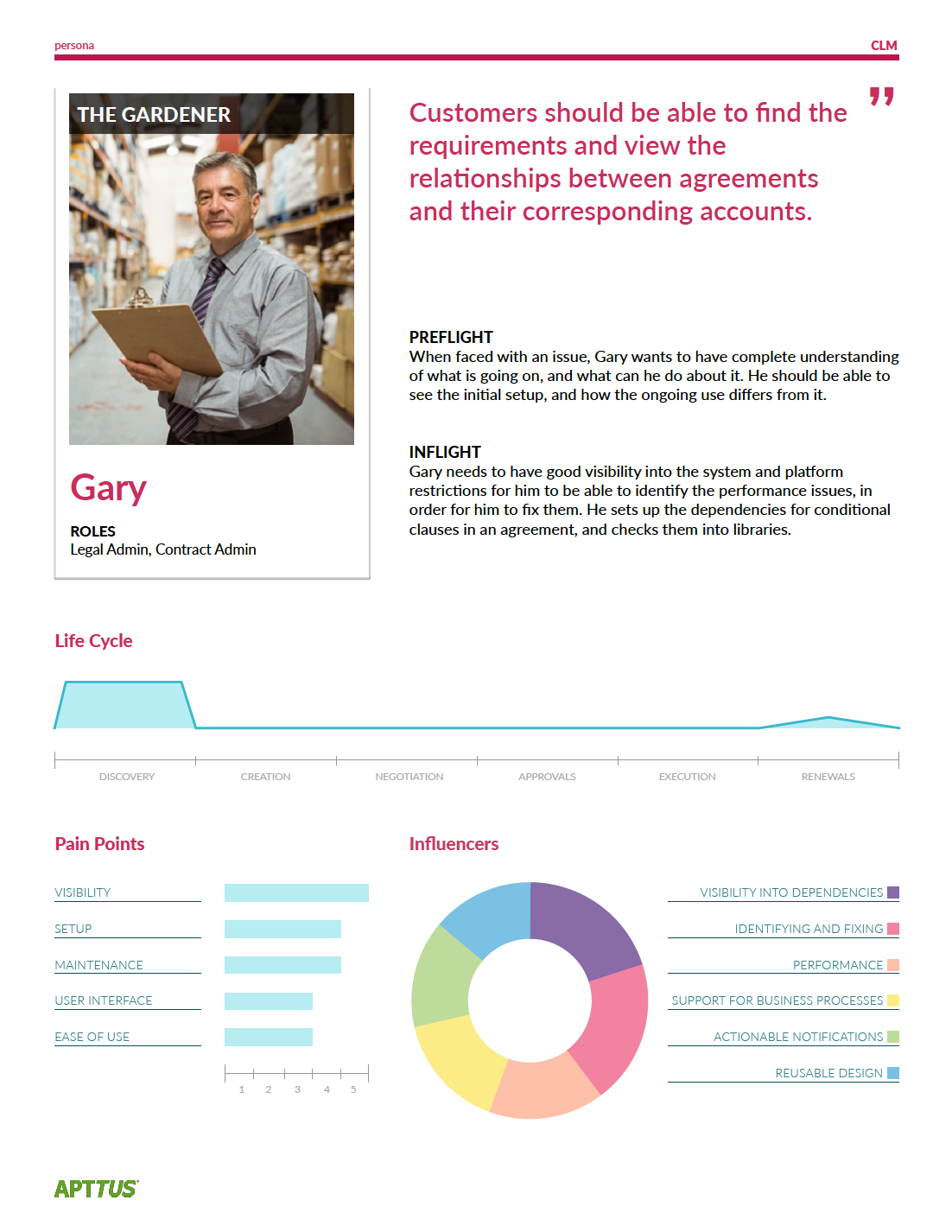
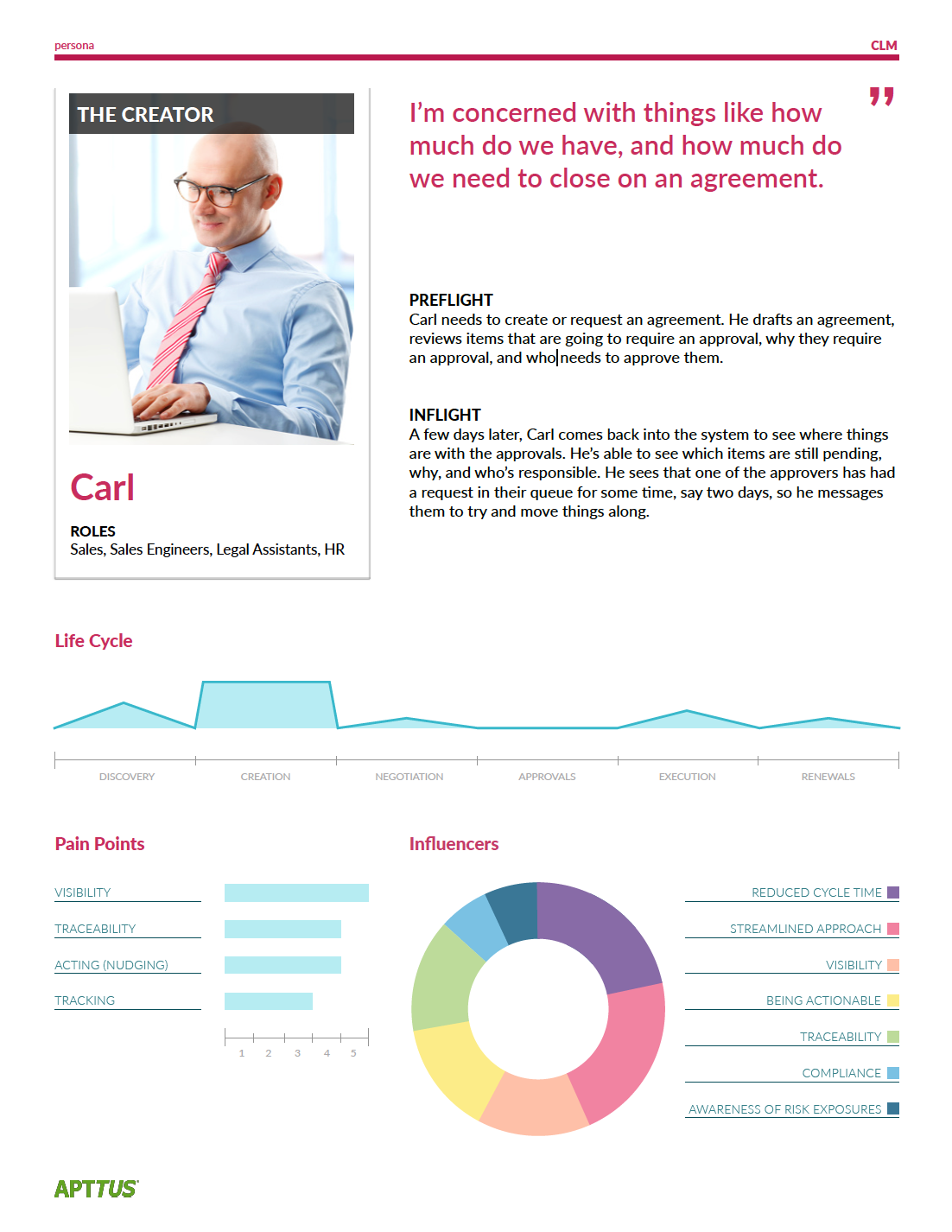
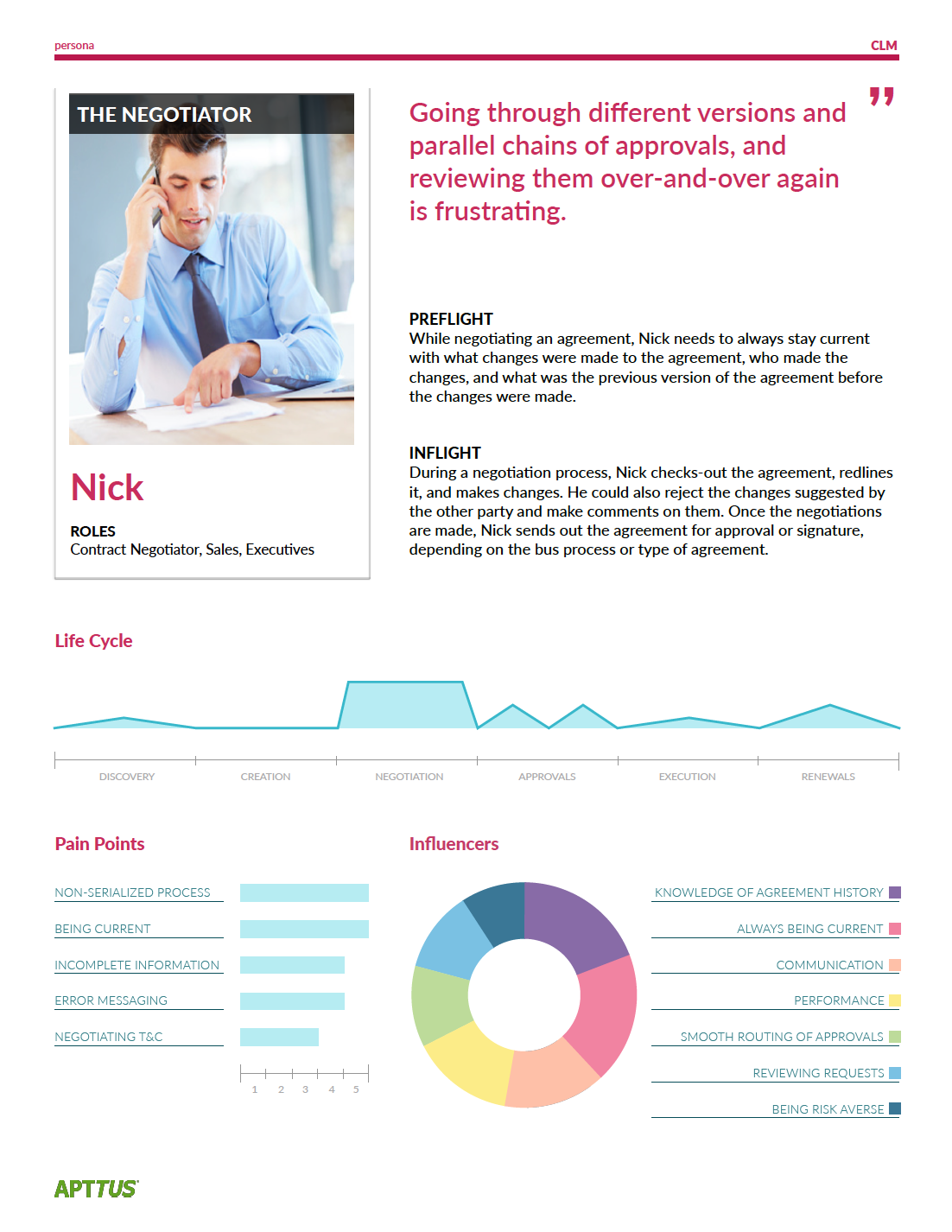
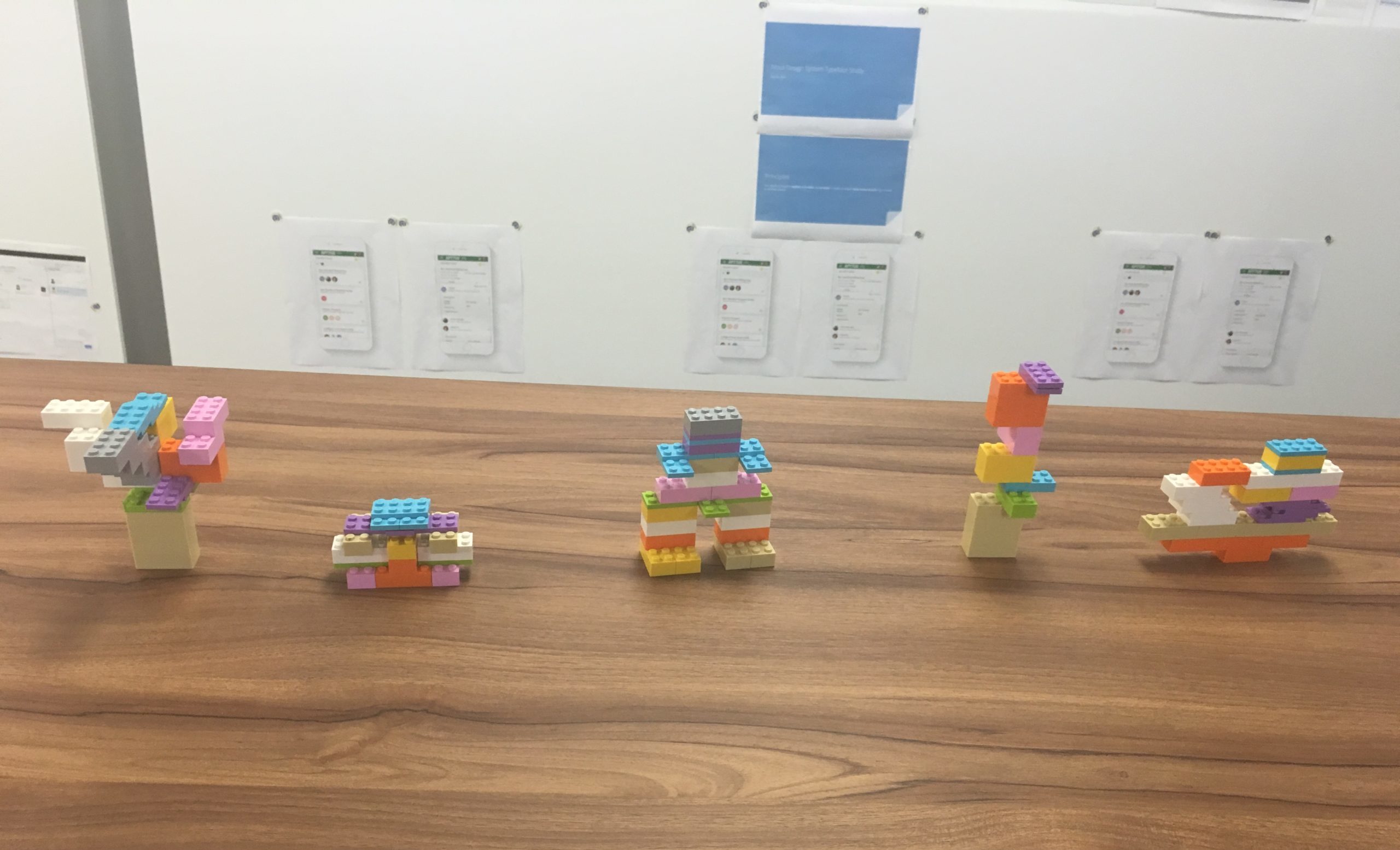
LEGO® SERIOUS PLAY®
A methodology that utilizes and builds on team thinking and equal communication to explore overall objectives, ambitions, and success is an excellent tool for defining strategies, devising plans, and solving problems. The exercise helps formalize team principles for a shared vision.
LEARNINGS
Collaborated with multidisciplinary teams comprising product managers, UX designers, UI developers, quality assurance engineers, and sales and marketing representatives to conduct 1:1 interviews and journey mapping sessions. Thereby obtaining a graphic interpretation of the overall story from customers' perspective — their relationship with Apttus solutions over time and across channels.
"The best way to predict the future is to create it." – Peter Drucker
Let's shape the future together!
CONNECT
© 2025 Aishwarya Singh